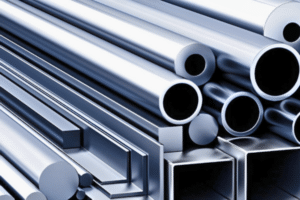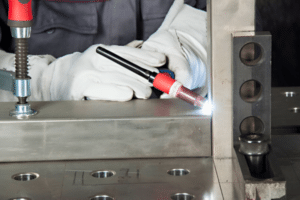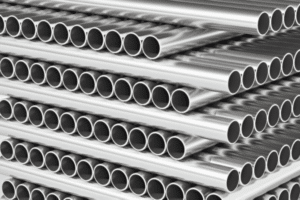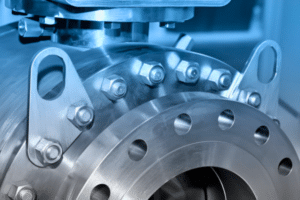Table of Contents
What are the differences between 6061 and 7075 aluminum alloys?
6061 aluminum is simpler to weld and shape. 7075 aluminum is stronger, but it doesn’t resist corrosion as much. People usually use 6061 for items like structural parts, marine fittings, and truck bodies. On the other hand, 7075 is more suitable for aircraft parts due to its high strength-to-weight ratio.
Introduction
Aluminum alloys are used a lot for several reasons. They play a key role in modern manufacturing. Alloys can have their properties enhanced or modified by adjusting their chemical composition. Also, engineers can mix in different alloying elements to adjust the mechanical properties. This can boost qualities like tensile strength, corrosive resistance, and machinability, including high relative strength. These changes help meet the needs of various industries during the material selection process.
Understanding 6061 and 7075 Aluminum Alloys
6061 and 7075 are two common types of aluminum alloys. They have different characteristics. Knowing their differences is important. This will help you choose the right material for your needs.
This guide will help you see the differences between 6061 and 7075 aluminum alloys. It will support you in making good choices for your projects. We will explore what these alloys are made of and review their mechanical properties. We will also talk about how to use them in different ways. This guide contains all the information you need to know.
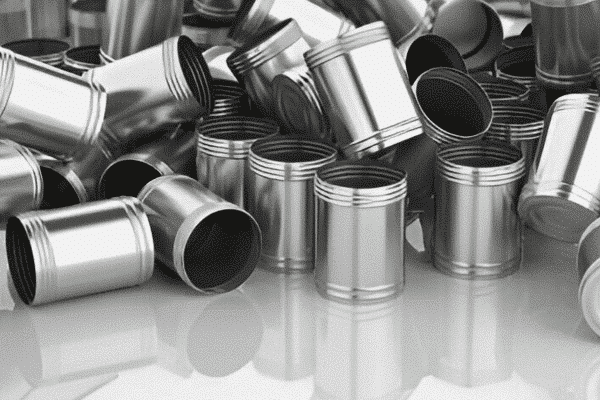
The Basics of 6061 Aluminum Alloy
6061 aluminum alloy belongs to the 6000 series. It has medium strength and performs well at resisting corrosion. This alloy is easy to weld, making it simple to cut and join different parts together. Because of these qualities, it is used in many industries, such as construction and automotive, with various forms available including aluminium plate, aluminium bar, and aluminium tube.
The alloy is available in different shapes. You can find sheets, plates, bars, and tubes. It is cheaper than 7075, which is why many people choose 6061.
The Fundamentals of 7075 Aluminum Alloy
7075 aluminum alloy is part of the 7000 series. It is one of the strongest aluminum alloys you can find. This alloy’s high strength comes from the amount of zinc in it. Its strength is similar to certain types of steel.
This alloy is strong and wears well. People often heat it to improve its mechanical properties. But there is a drawback. Its strength makes it harder to weld and shape when compared to 6061 aluminum.
7075 is a great option for tough jobs. It is both strong and light. Many industries use it. This includes aerospace, defense, and sports equipment.
Chemical Composition and Properties
The special features of 6061 and 7075 aluminum alloys come from their composition. Both alloys are mainly made of aluminum. However, the types and amounts of additional elements added greatly affect their properties.
Knowing the differences is important for a few reasons. It helps you pick the right alloy for the project. Elements such as magnesium, silicon, and zinc can change the final properties of each alloy.
Analyzing the Chemical Makeup of 6061 vs 7075
6061 and 7075 alloys are both types of aluminum. They mainly differ in the different alloying elements that are added during their production.
In 6061, the main parts are magnesium and silicon. These parts help stop rust, add strength, and make welding simple. In contrast, 7075 is much stronger. This strength comes from having a lot of zinc, magnesium, and copper.
The special metal parts make every alloy unique. These features affect how we use each alloy in different ways.
| Element | 6061 Aluminum | 7075 Aluminum |
| Aluminum | Remainder | Remainder |
| Magnesium | 0.8% – 1.2% | 2.1% – 2.9% |
| Silicon | 0.4% – 0.8% | 0.4% max |
| Copper | 0.15% – 0.4% | 1.2% – 1.8% |
| Manganese | 0.15% max | 0.3% max |
| Chromium | 0.04% – 0.35% | 0.18% – 0.28% |
| Zinc | 0.25% max | 5.1% – 6.1% |
| Iron | 0.7% max | 0.5% max |
| Other Elements | 0.15% max (each) | 0.15% max (each) |
Property Comparison: Strength and Durability
One key difference between 6061 and 7075 aluminum alloys is their strength and durability. We can find this difference in their mechanical properties. It shows in the tensile strength, yield strength, and shear strength of each alloy.
The table below highlights the main differences in mechanical properties between 6061-T6 and 7075-T6:
| Property | 6061-T6 | 7075-T6 |
| Tensile Strength (MPa) | 310 | 572 |
| Yield Strength (MPa) | 276 | 503 |
| Shear Strength (MPa) | 207 | 331 |
The data shows that 7075-T6 is much stronger than 6061-T6 in all three strength tests. This strong alloy makes 7075 a great option for jobs that need to hold heavy loads and resist bending.
Physical and Mechanical Characteristics
6061 and 7075 aluminum alloys are not the same. They have different chemical makeups. They also have different physical and mechanical properties. For example, their density, machinability, and formability levels vary. Understanding these differences is key to picking the right alloy for your needs.
Density and Weight Differences
7075 aluminum and 6061 aluminum are both light materials. 7075 aluminum is slightly heavier because it has a higher zinc content. This difference may not seem big at first. However, it is very important in fields where saving weight matters a lot, like in the aerospace or automotive industries.
The density of 7075 is about 2.81 g/cm³. On the other hand, 6061 has a density of about 2.7 g/cm³. This means that 7075 is a little heavier than 6061 when they have the same volume.
Even if this difference looks small, it can build up, and a lighter weight helps us save fuel and makes things work better.
Tensile Strength and Yield Strength Insights
Tensile strength tells us how strong a material is when pulled. The tensile strength of 7075 aluminum is much stronger than that of 6061 aluminum. This extra strength comes from special elements added in and the heat treatment used.
7075 aluminum is almost twice as strong as 6061 when we look at tensile strength. This makes it a good option for projects that need strong materials. Another important term is yield strength. This tells us when a material starts to bend or change shape permanently.
7075 aluminum is stronger than 6061 aluminum. It has a higher yield strength. This means it can take on more stress without bending. Because of this, 7075 is an excellent choice for components that experience high levels of stress.
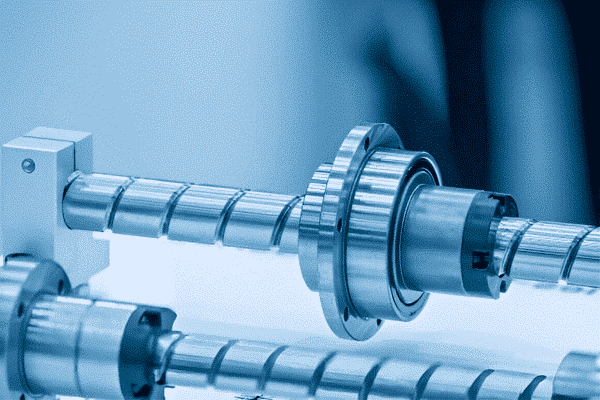
Processing and Manufacturability
The process of making aluminum alloys matters. It affects how well they work in different manufacturing tasks. The 6061 and 7075 alloys have both advantages and disadvantages about processing and manufacturability. This includes how easy they are to machine, shape, and weld.
It also covers how they behave during heat treatment. Many manufacturers select 6061 aluminum alloy as their first choice due to its good machinability and lower hardness. However, 7075 aluminum, as a much harder material, may not be as conducive to forming and welding. It is still possible to form and weld this alloy in its annealed condition, but it may require more effort and expertise due to its high toughness and unique aluminum properties. Despite this, 7075 aluminum is still a popular choice due to its high strength, excellent wear resistance, and other desirable features.
Knowing this information is important for choosing the right alloy. It helps makers improve their production methods. This way, they can create the product features they want.
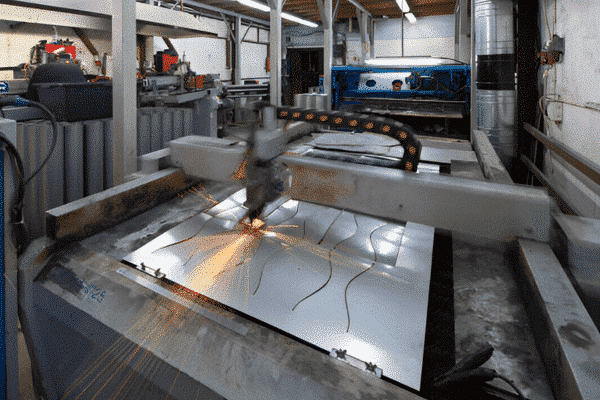
Machinability of 6061 and 7075 Alloys
Machinability means how easy it is to handle an aluminum alloy. This covers tasks like cutting, drilling, and milling. The two alloys, 6061 and 7075, have different levels of ease when it comes to working with them.
6061 is easy to work with. It has lower tensile strength and is not very hard. This property makes it easier to cut and shape. Standard machining tools can be used without excessive wear.
7075 is harder and stronger than several other materials. Because it is so strong, and will need special tools and techniques to work with it. Machining 7075 takes more force. This added pressure can wear out tools quickly and influence the surface finish.
Formability, Welding, and Joining Techniques
6061 aluminum alloy is widely used because it has good formability. This means you can easily shape it into complex forms using methods like bending or stamping. If you need detailed patterns or special shapes in your design, it is a great option.
Many people select 6061 for putting parts together. This is because it has good weldability. You can weld it easily with common methods such as MIG and TIG. It’s important to manage the heat carefully and to use the right filler material.
7075 can be welded, but it requires special techniques. You need to carefully check the settings. Good control helps avoid problems like cracks or weak spots from heat. Because of this, many people choose to use methods like riveting or fastening instead of welding for 7075.
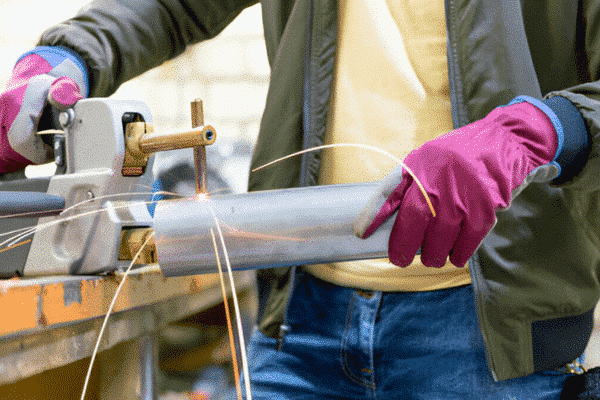
Performance in Applications
Understanding 6061 and 7075 aluminum alloys is crucial. These materials have unique characteristics, such as rust resistance and heat handling capabilities, which affect their durability. These traits are essential in selecting the appropriate material for various applications.
Engineers look at these factors to predict how each alloy will perform in different situations. This helps make sure the materials are reliable over time. It also means that parts made from these alloys will last longer.
Corrosion Resistance Analysis
Both 6061 and 7075 aluminum alloys are good at resisting corrosion. They form a protective oxide layer when they touch the air. Still, they can react differently to certain harmful substances. This difference is due to the way they are made and what materials are used in them.
6061 is made mostly of magnesium and silicon. It can resist corrosion better than 7075. The oxide layer on 6061 provides it with better protection against weather and many industrial chemicals.
7075 contains copper. This can make it rust faster in difficult situations. Even though it has good corrosion resistance, it might need special surface treatments or coatings. These will help it last longer in tough environments.
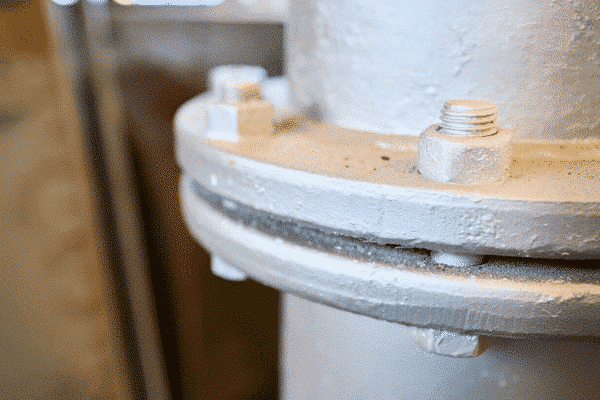
Thermal Conductivity and Heat Treatment
The 6061 aluminum alloy works better at conducting heat than the 7075 alloy. This means 6061 lets heat pass through it more easily, which makes it perfect for cases where heat movement is important. This is commonly found in applications such as heat sinks and heat exchangers.
Heat treatment is important for making aluminum alloys stronger. 7075 often works better than the other type. This process can greatly increase strength and hardness.
It’s important to note that heat treatment can diminish the alloys’ resistance to corrosion. This factor should be considered, and additional surface protection might be necessary depending on the intended use.
Industry Applications and Use Cases
6061 and 7075 aluminum alloys are key materials in many industries. They have unique strengths that make them suitable for various tasks. Knowing their strengths helps us select the best materials.
Aerospace and Automotive Applications
7075 aluminum alloy is very strong but also lightweight. It resists wear effectively. This is why many people use it in the challenging aerospace industry. Its high strength makes it perfect for airplane parts. These parts must be both light and strong, which helps save fuel.
In the car industry, there are two main types of aluminum alloys: 6061 and 7075. Each one is chosen based on the needs of the parts. Car makers want to make vehicles lighter while keeping them strong. This is why these alloys are so popular.
7075 is used for important parts that need to work properly. This includes wheels, suspension pieces, and chassis supports. On the other hand, 6061 is used for less important parts. These can be body panels, interior trim, or parts that do not need to support weight.

Construction and Structural Engineering Uses
The construction and engineering fields need materials that are strong, light, and do not rust. A great option is the 6061 aluminum alloy. This alloy has a good balance of strength. It can also be welded easily. Plus, it is easy to shape. This makes it perfect for many uses.
In construction, people often use 6061 for beams, columns, and trusses. It is light, which makes it easy to lift and put in place. This can help to lower the overall costs of a project.
The 7075 aluminum alloy is more expensive. Because of this, it is not often used for regular construction. However, it is a great choice for projects that need high strength. Some examples include large buildings, bridges, and tall towers.

Cost Considerations and Availability
When choosing an alloy, the price and how easy it is to get are important. These factors can affect how the project goes and what it costs. This can help you decide between the 6061 and 7075 aluminum alloys.
Balancing a material’s performance with its cost is crucial. To ensure a project’s success, both practical considerations and technical details need to be evaluated.
Price Comparison: 6061 vs 7075
For tight budgets, 6061 aluminum alloy is a more cost-effective choice. It costs less than 7075 aluminum alloy. This is mainly because the materials and the process to make it are less expensive.
7075 has a lot of zinc. It needs more work to reach its high strength. This extra processing makes it more expensive. The price difference matters a lot, especially for big projects where material costs make up a large part of the budget.
It’s important to consider the project’s requirements. For strength and good weldability, 7075 may be a suitable choice, even if it costs more. If cost savings and versatility are priorities, 6061 might be the better choice. Balancing both factors will aid in choosing between these two popular aluminum alloys. Evaluating whether the high strength of 7075 justifies its higher cost will guide informed financial decisions.

Conclusion
In conclusion, it is important to know the differences between 6061 and 7075 aluminum alloys, especially when considering their use in structural applications. This knowledge will help you make good choices in various industries, especially in terms of aluminum production. Each alloy has its own strength, ease of use, and cost, making them useful for many different applications, including when working with complex shapes.
With the wide range of aluminum alloys available, it can be hard to select the right one for your project. This article described two popular alloys, 6061 and 7075, and compared their special features and uses. By considering strength, availability, and performance, you can make a smart choice and achieve better results in your projects using pure aluminum, one of the top materials in various industries.





